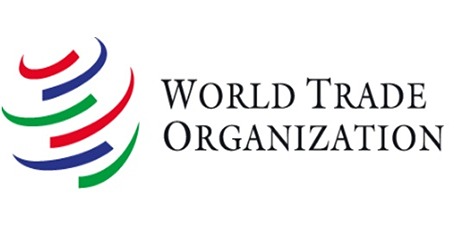On 31 July 2023 the WTO published the World Trade Statistical Review 2023. The report looks at the patterns of world trade in 2022 and gives some insights into the outlook for 2023.
The regularly updated statistics on world trade provide a reliable source to enable policymakers to monitor how global trade is developing, to analyse the impact of geopolitical tensions and macroeconomic shocks and to work out appropriate responses to manage the impact of the developments in their countries. The statistics indicate trends in global trade and an analysis of the trade statistics can highlight areas where there is opportunity for expansion and weak points that need to be strengthened.
The latest world trade statistical review shows that trade growth has remained positive but has slowed in 2022 and remained weak in the first part of 2023. There are downside risks from the geopolitical tensions and possible further financial instability, weakening the outlook in the medium term.
World merchandise trade rose in volume by 2.7% in 2022. In terms of value the increase was 12.4%, reflecting the effect of high commodity prices. Global trade in services trade grew 15% in 2022, supported partly by the rebound in international travel after the pandemic. Computer services increased significantly over the pandemic period and by 2022 global exports in the sector were worth 44% more than in 2019. Digitally delivered services, including the streaming of games and remote consulting services, represented 54% of global services exports in 2022, which was equivalent to 12% of the total global trade in goods and services.
In 2022 China was still the leading exporter of merchandise although its share in global exports decreased slightly to 14% (from 15% in the previous year). Significantly, the value of China’s exports of automotive products in the first quarter of 2022 increased by 30% year on year, facilitated by China’s leading position in the production of lithium-ion batteries. China is now the world’s second-largest exporter of electric motor vehicles after the European Union.
In some parts of the world there is significant potential for further growth in trade. The share in global trade of Latin America and the Caribbean was 8% and Africa’s share in world trade was only 3% in 2022. As a result of higher commodity prices exports of goods and services from least-developed countries (LDCs) increased by 31% in the years from 2019 to 2022. Exports of commercial services from LDCs were still depressed, at around 14% below their pre-pandemic levels, reflecting the weak recovery in the tourist industry especially in Asian LDCs.
To achieve open and stable global trade there is a continuing need for multilateral trade cooperation. The regulatory and policy frameworks must be made more effective and the benefits of digital technologies must be fully exploited. The multilateral trading system can offer further options to businesses and households by diversifying international supply networks. Further development of trade networks can also offer significant commercial opportunities for developing economies.















